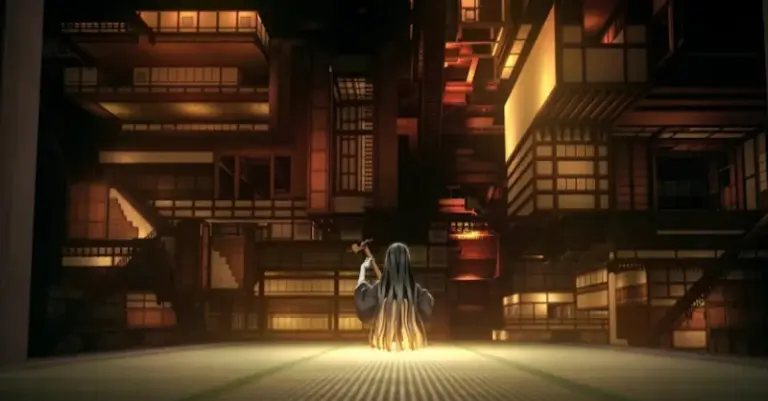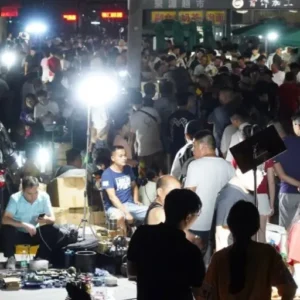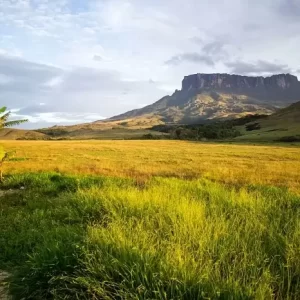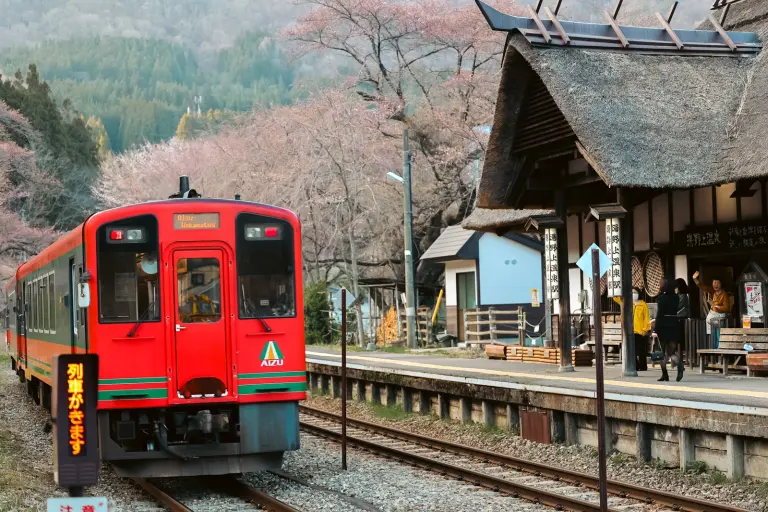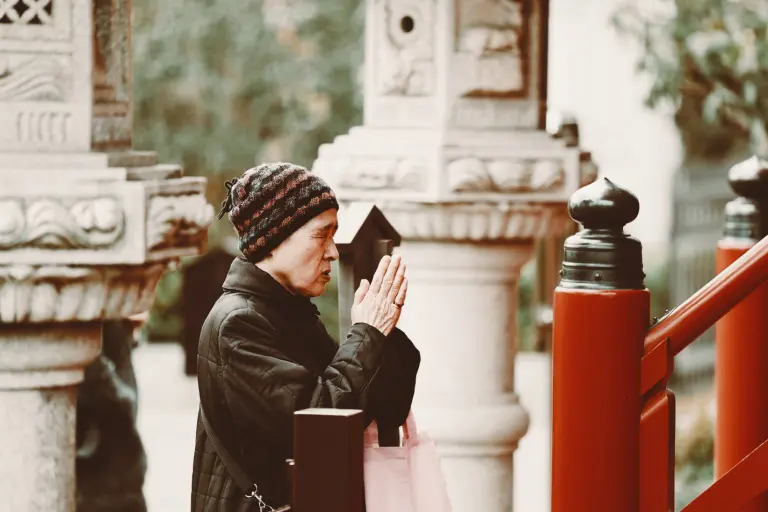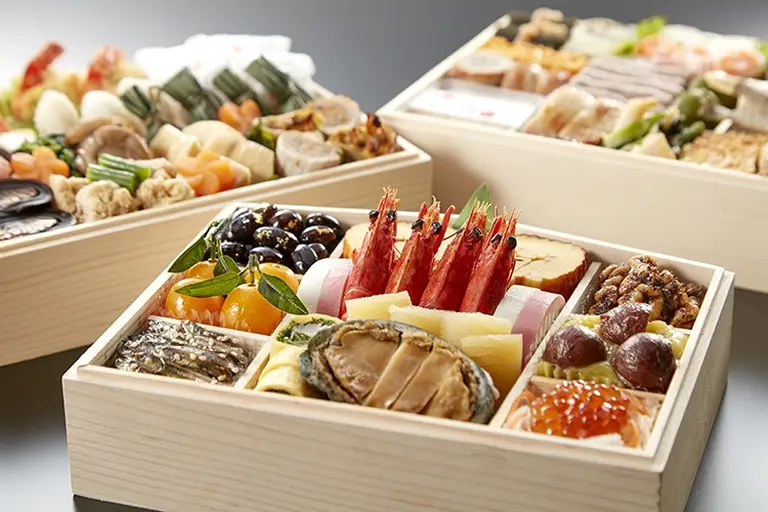Did you know that Western Australia is home to one of the largest wildflower displays on the planet? From June to September, over 12,000 species of wildflowers burst into bloom across this vast, sun-kissed land. With gentle tropical rains and a mild 25°C climate, these blossoms flourish naturally—no human touch required.
A Dream in Purple – Karijini’s Floral Magic
Venture into Karijini National Park, Australia’s second-largest national park, and prepare to be enchanted. As you hike through its dramatic gorges and dip your hands into cool, crystal-clear streams, you’ll find yourself surrounded by a sea of purple wildflowers stretching across the valley floor and climbing the trails beside you.
It’s a scene straight from a fairytale—vivid, serene, and utterly unforgettable.
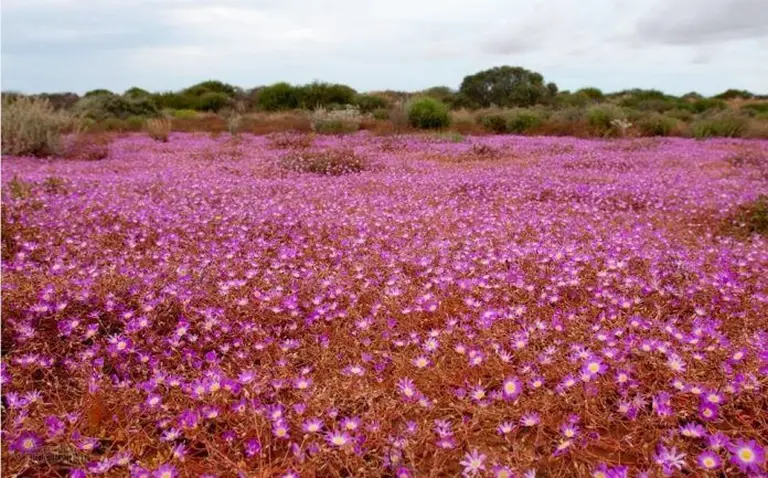
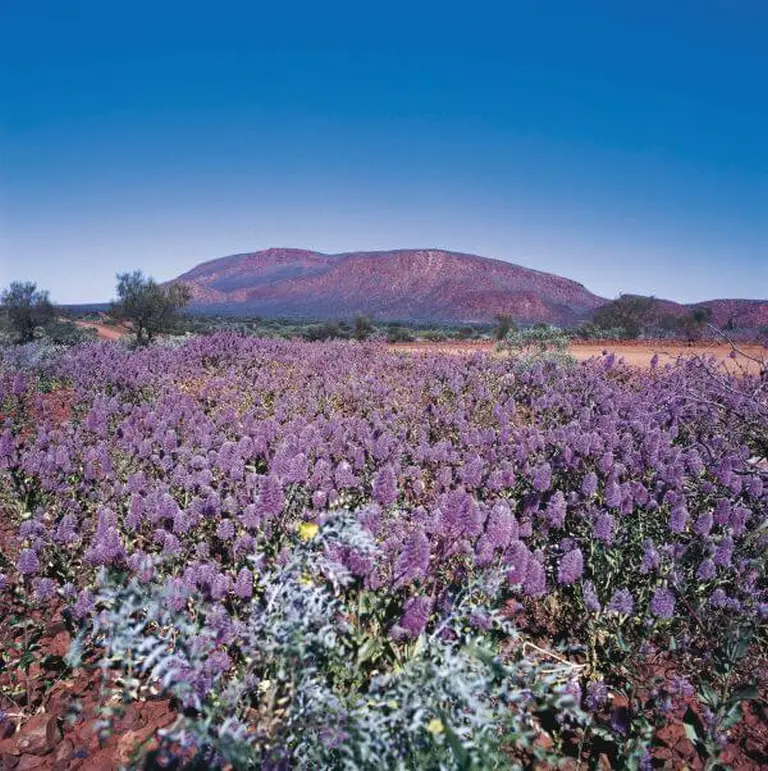
>> Barossa Valley: Where wine dreams come to life
Mount Augustus – A Floral Climb Worth Every Step
If you crave a challenge, Mount Augustus awaits. Often dubbed the world’s largest rock, this remote natural giant is a haven for native flora. Here, endless violet blooms ripple across the slopes, untouched and untamed.
The climb may be long and demanding, but when you reach the top, the sweeping views and the surreal purple meadows below make it all worth it.
Stirling Range – Where Sunshine Meets Petals
In Southwest WA, the Stirling Range transforms into a painter’s palette. Fields of wildflowers line the roadsides, creating a stunning backdrop for a romantic stroll. Imagine holding hands with your loved one, picking delicate bluebells, spotting hidden native orchids, or simply basking in golden sunlight dancing on the petals.
It’s not just a walk—it’s a moment that lingers.
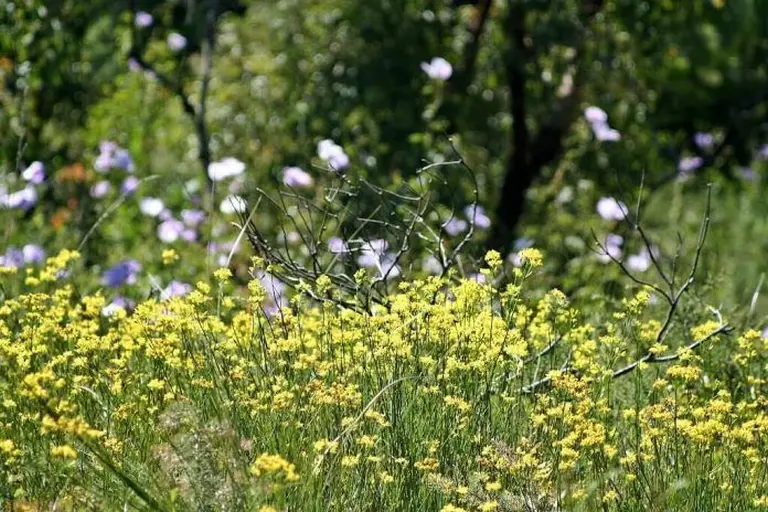
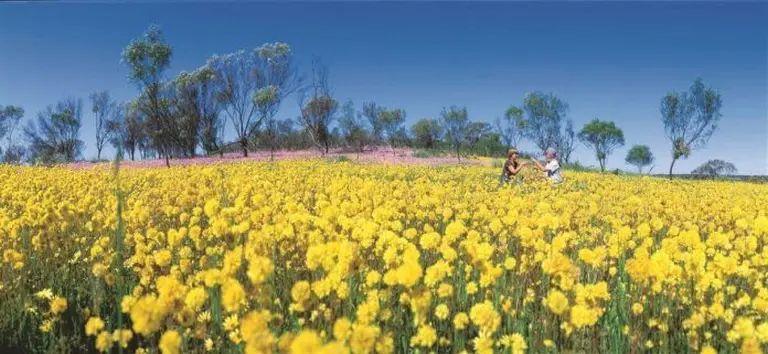
>> Untamed beauty of Kakadu – Australia’s wild northern treasure
Lesueur National Park – A Wildflower Wonderland
With over 900 different wildflower species blooming in harmony, Lesueur National Park is like nature dressing up in its most colorful gown. The explosion of colors is not just beautiful—it’s emotional. A trip here is a soul-stirring reminder of nature’s generosity, and a must-add to your West Australia travel itinerary.
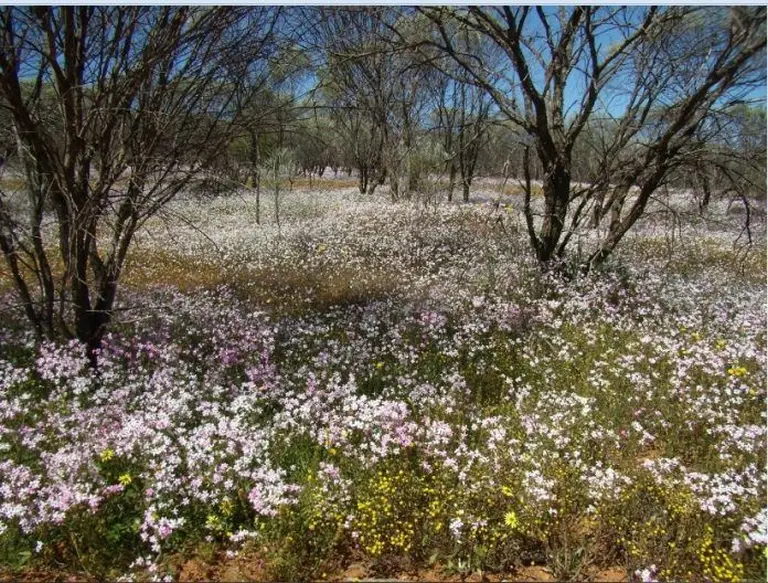
>> Ultimate guide to the Great Barrier Reef: Everything you need to know
White Wildflower Forest – Nature’s Snowfall
In Kalbarri National Park, you’ll stumble upon something truly magical: fields of white wildflowers stretching out like snow across the rugged land. Amid the arid, earthy tones of the Outback, these delicate blossoms create a cooling, peaceful oasis.
The entrance to Karijini National Park also greets visitors with a carpet of white blooms. They may look like tiny snowflakes at first glance, but lean in closer and you’ll catch their intoxicating fragrance—a scent that gently tugs at your heart and makes you want to linger a little longer.
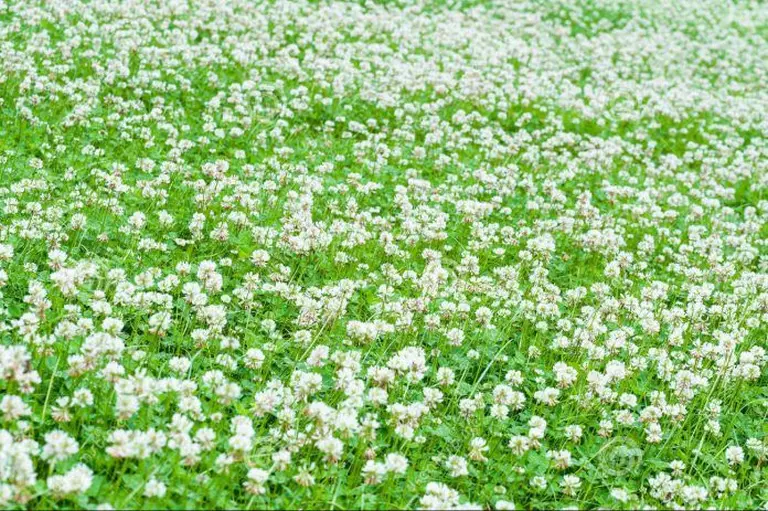
>> Lake Hillier: The mysterious pink salt lake in Australia
Final Thought: The Wildflower Season You’ll Never Forget
Western Australia in wildflower season is more than just beautiful—it’s breathtaking, poetic, and surprisingly emotional. Each step through these blooming fields feels like walking through a love letter written by nature itself.
So if you’re planning your next adventure, make sure WA’s wildflower trails are on your list. They’re not just a sight to behold—they’re an experience to feel.
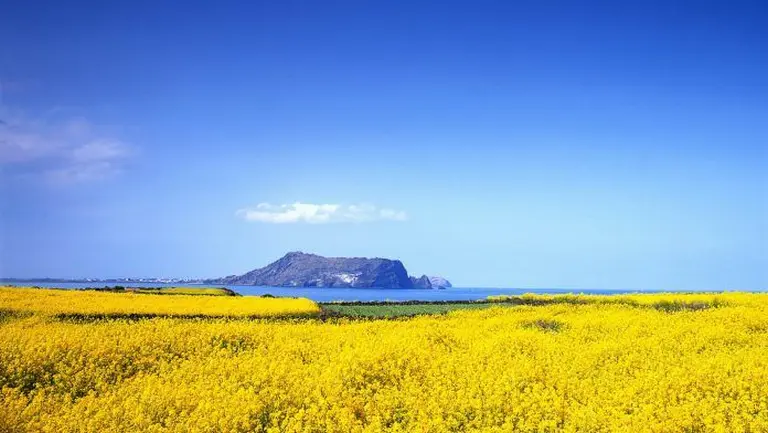
>> Devils Marbles: A stunning natural and spiritual wonder of Australia
FAQ
What makes Western Australia’s wildflower season so special?
Western Australia is home to the largest collection of wildflowers on Earth, with over 12,000 species, 60% of which are found nowhere else on the planet.
From coastlines to outback, deserts to woodlands, WA transforms into a carpet of color every year — a truly magical, world-class natural event.
When is the best time to see wildflowers in WA?
The wildflower season runs from June to November, moving north to south:
- June–August: Begin in the Pilbara and Kimberley (north)
- August–October: Central Wheatbelt and Goldfields
- September–November: Peak blooms in Perth and the South West
Tip: The best time for most travelers is late August to early October, when the greatest diversity of flowers is visible.
Where are the best places to see wildflowers in WA?
Some of the top wildflower hotspots include:
Everlastings Trail (Midwest)
- Locations: Mullewa, Coalseam Conservation Park, Pindar
- Highlights: Pink, white, and yellow fields of everlastings
Kings Park, Perth
- One of the world’s largest inner-city parks
- More than 3,000 plant species, with free guided walks during wildflower season
Fitzgerald River National Park (South Coast)
- UNESCO Biosphere with over 1,800 species, many endemic
- Coastal walks with vibrant blooms against rugged cliffs
Stirling Range National Park
- High biodiversity and mountain views
- Known for orchids, banksias, and grevilleas
Wildflower Way self-drive trail
- A scenic route through the Wheatbelt region
- Ideal for photographers and slow-paced road trips
What types of flowers can I see?
Expect an explosion of colors and shapes:
- Everlastings
- Blue leschenaultia
- Pink and red grevilleas
- Banksias
- Acacias (wattles)
- Carnivorous plants, bush peas, and delicate native orchids
Some flowers are tiny and hidden, while others stretch across entire fields.
Do I need a guide to see the wildflowers?
Not necessarily. Many wildflower trails are self-guided and well-marked. However:
- A guided tour (especially with a local botanist or Aboriginal guide) offers deeper understanding of the ecosystems and cultural significance
- You can also download wildflower apps or check visitor centre maps for updated bloom reports
Is there a Wildflower Festival?
Yes!
Kings Park Festival in Perth (usually in September) celebrates wildflower season with:
- Guided walks
- Gardening workshops
- Art installations
- Family-friendly events
It’s one of the biggest floral celebrations in Australia!
What should I bring on a wildflower trip?
To make the most of your flower adventure:
- Camera or smartphone (with macro lens if possible)
- Comfortable walking shoes
- Sunscreen and insect repellent
- Water and snacks for remote areas
- Regional maps (some locations have no mobile signal)
- A magnifier or wildflower guidebook if you’re keen on identification
Are wildflowers protected? Can I pick them?
No — picking wildflowers is strictly prohibited in national parks and reserves.
These flowers are fragile and often endangered, so visitors are asked to:
- Stay on marked trails
- Admire, don’t touch
- Leave no trace
This helps protect WA’s unique biodiversity for future generations.
Can I combine wildflower viewing with other activities?
Absolutely! Wildflower season is the perfect backdrop for:
- Scenic road trips (Coral Coast, South West, Wheatbelt)
- Wine tasting in Margaret River
- Whale watching off the southern coast (Aug–Nov)
- Bushwalking and birdwatching
- Kayaking in national parks with wildflower-lined trails
The combination of blooming landscapes and outdoor adventures makes this time of year unforgettable.
Is Western Australia’s wildflower season family-friendly?
Yes! Many trails and parks are accessible for all ages.
- Kids love spotting colorful flowers and insects
- Kings Park offers interactive zones and playgrounds during the festival
- Many walking tracks are pram- and wheelchair-friendly
Western Australia in bloom is a spectacle like no other.
Whether you’re a nature lover, landscape photographer, or simply someone seeking natural peace, the wildflower wonderland of WA promises vibrancy, serenity, and jaw-dropping beauty across its untamed landscapes.

